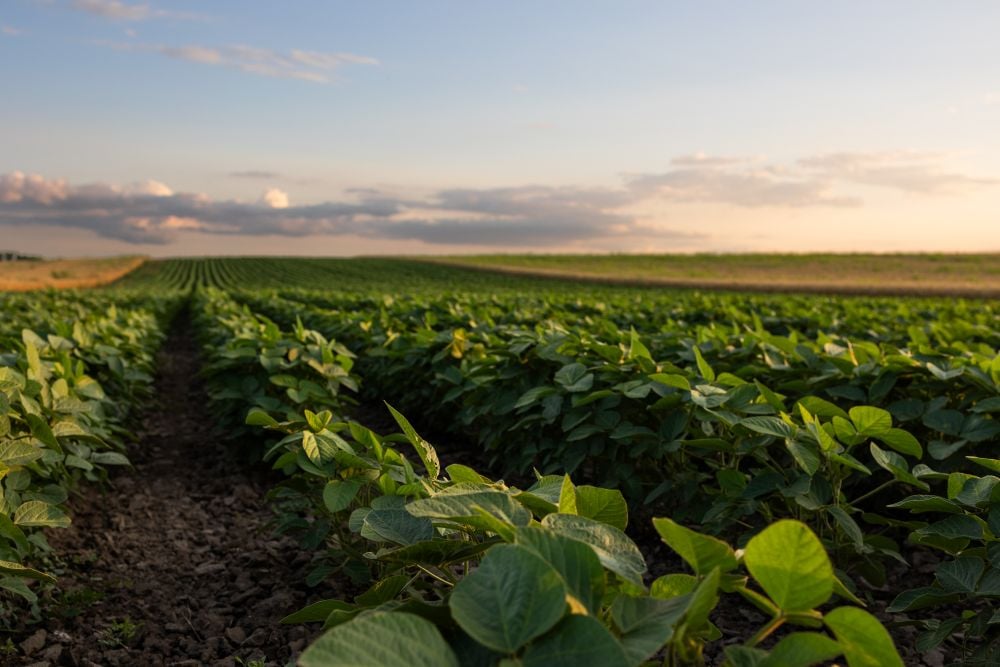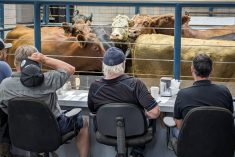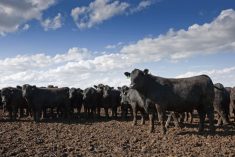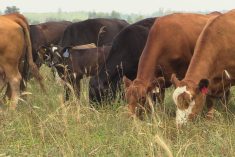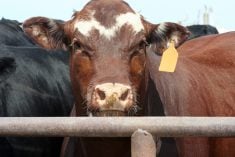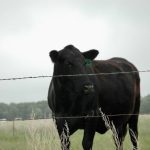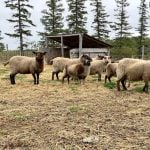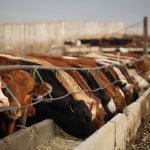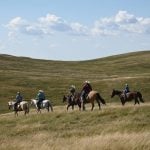Compared to last week, western Canadian yearlings traded $2-$4 higher. This was the first week of the fall yearling run with larger groups of quality packages and there was no shortage of buying enthusiasm. Heavier yearlings were readily trading at 52-week highs.
Feed barley prices collapsed in southern Alberta as the harvest started in the southern Prairie regions. At the same time, February and April live cattle futures traded up to four-month highs early in the week. Both of these factors contributed to the stronger tone.
While current pen closeouts are deep in negative territory on unhedged cattle, fresh placements for the winter marketing time frame appear to be profitable. Some regions in Saskatchewan have only received 40-60 per cent of normal precipitation over the past 30 days and above-normal temperatures have caused pastures to deteriorate.
Read Also

U.S. grains: CBOT soybeans, corn, wheat fall in USDA data aftermath
Chicago grains took a dive on Friday, following a closely watched U.S. government crop report and the release of export data that could provide clues into Chinese buying.
In central Saskatchewan, larger-frame tan steers averaging 1,020 lbs. were valued at $174.50 while similar-quality 925-lb. steers were quoted at $186. In central Alberta, mixed steers weighing just over 900 lbs. were reported at $185 and a small group of mixed 800-lb. steers were priced at $197. Mixed heifers weighing 815 lbs. were reported at $175 in the same region. In southern Alberta, larger-frame steers averaging 760 lbs. reached up to $207 landed in the feedlot while 700-lb. steers were valued at $210 delivered.
These feeder cattle are fresh off grass and quite green. In many cases, feedlots may be stretching out the feeding period to market sometime during the late winter or spring time frame. The live cattle futures are one commodity market that has outperformed the S+P stock index and we may see inflationary factors come into play longer-term.
The calf market was hard to define due to limited volumes. Small packages of one to 10 head were on offer and the quality was quite variable; therefore, prices appeared to reflect a week-over-week decline of $2-$5 on average. In central Alberta, steers weighing 600-625 lbs. were quoted from $212 to $218 and 500- to 525-lb. steers were reported from $222 to $230. Heifers weighing 500-525 lbs. were quoted from $195 to $205.
FarmLink’s crop tour estimated the Canadian barley crop at 11.1 million tonnes, up from 2019 output of 10.4 million tonnes. Two weeks ago, feed barley in Lethbridge was trading from $243 to $245 per tonne delivered. After the report was released, Lethbridge feedlots were showing bids from $195 to $200 per tonne for September delivery.
— Jerry Klassen manages the Canadian office of Swiss-based grain trader GAP SA Grains and Produits Ltd. and is president and founder of Resilient Capital, specializing in proprietary commodity futures trading and market analysis. Jerry consults with feedlots on risk management and writes a weekly cattle market commentary. He can be reached at 204-504-8339 or via his website at ResilCapital.com.

